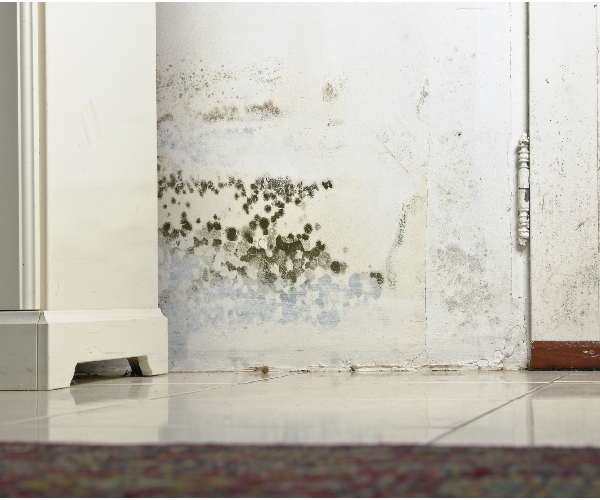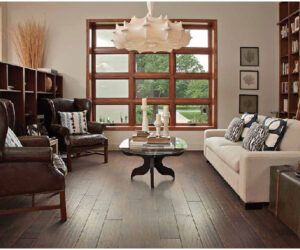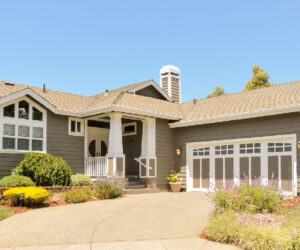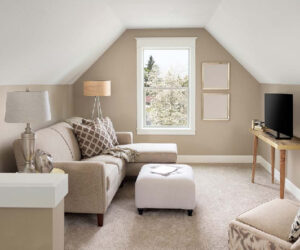In some homes, moisture can be a major cause for concern. Moist conditions not only create an unhealthy living environment that can harm our health and well-being, but can also attract pests, damage indoor woodwork, and cause rust and damage to steel reinforcements and structures. Here is a guide to help you identify how to control dampness in home and the various causes of moisture and describe various methods for solving such problems.
Penetrating moisture leads to constant water leakage and seeps into the walls and ceilings of the houses. Therefore, it is important to take all necessary precautions and measures to prevent water from entering the ceilings, floors and walls of your homes.
Prevention of penetration
They can prevent moisture from penetrating walls and ceilings. Water rises through porous building materials such as bricks and wall joints. Due to weaknesses or cracks in the exterior walls of a building, it can also penetrate in to interior walls. Rising moisture occurs when soil moisture rises through the foundation and walls through capillary action. Condensed water moisture is exacerbated by household everyday practices such as bathing, cooking, washing and drying clothes and a lack of ventilation, which results in a damp room atmosphere.
In case of considerable humidity, the entire plaster should be removed and sealed with bricks. In case of damp spots on the interior walls, remove loose plaster and replace with cement or mortar mixed with a sealing compound. On the outside, add waterproof exterior paint. Apply a waterproof coating and patch the finished surface of the walls with paint. Make sure there are no cracks and patch the wet exterior areas by replacing them.
Before you start replacing, determine the source of moisture and how to fix it quickly and effectively.
Fill in gaps in windows and door frames with silicone gaskets. Re-grout tile joints in the bathroom or kitchen if you find that water seeping out. You can discover moisture in the ceiling, roof or terrace. In this situation, look for gaps in the terrace floor, the parapet or the walls, fill them up and paint them with waterproof paint.
If you notice moisture in a multi-story house, especially in the bathroom ceiling, look for water from leaking pipes or faulty grout in the upstairs neighbours “bathrooms. Assess the patio floor on a suitable slope to avoid water logging and stagnant water, a problem caused by leaks or overflowing reservoirs.
Prevention of rising dampness
This is the best way to keep the rising humidity at bay. repair the problem as soon as possible.
A common cause of increased moisture in older buildings, even without damage, is a DPC (Damp Proof Course). A DPC is a waterproof plastic membrane that is mounted on a pedestal above the building to prevent moisture from getting from the walls to the floor. When water flows through gravity, rising moisture occurs in homes where moisture rises 4 feet above the ground floor. Increasing moisture can be removed by removing damaged old plaster, drilling holes in the bricks and creating a new moisture-proof covering. Moisture-repellent chemicals are injected through holes under high pressure to form a water-repellent membrane.Then the wall can be replaced with paint,
Dealing with dampness due to condensation
Condensation occurs when moist air comes in to contact with the cooler surfaces of the house.
Avoid storing too many items in cupboards, cabinets and other storage spaces and allow enough space for the air to circulate. When cooking, cover pans with lids to prevent steam and condensation on kitchen walls. Exhaust air fans should be used in bathrooms and kitchens to remove excess moisture. Cross-ventilation to spread fresh air in your home and prevent condensation and moisture. Dry your clothes thoroughly before, during and outside.
Precautions to be taken while construction to avoid dampness
There are precautions that can be taken in new-build homes to reduce humidity. Increasing moisture can be avoided in house construction by installing moisture-proof coverings, pedestals and layers made of materials such as bitumen felt, mastic, asphalt and plastic sheets.
Concrete mixtures are used to construct structures that are resistant to moisture. Waterproofing additives can be added to the concrete mixture for long-term durability. The solutions listed below are successful in treating moisture in walls, ceilings and other areas of your home. Exposed surfaces such as outer walls and boundary walls should be coated with a cement or plaster mixture and a sealing additive




